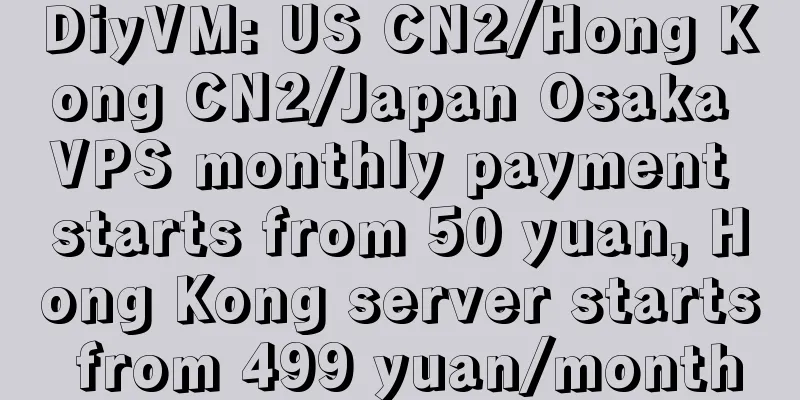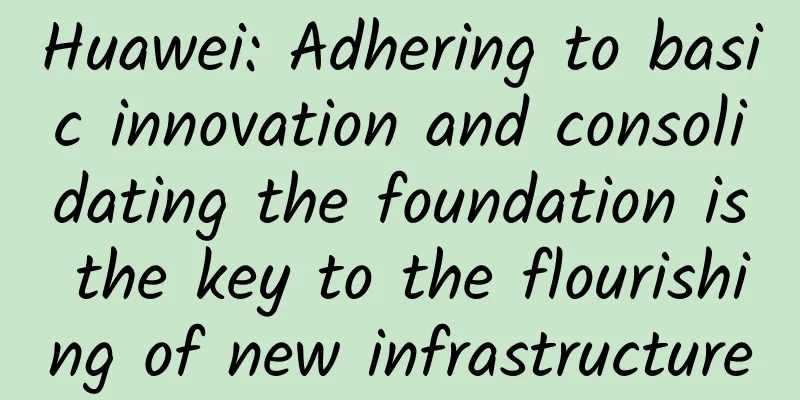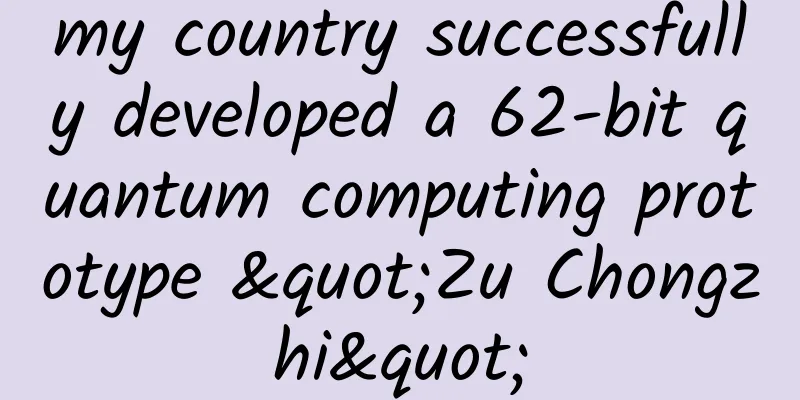Huawei Releases New Intelligent Network Equation: AI+SoftCOM = Autonomous Network That Never Fails
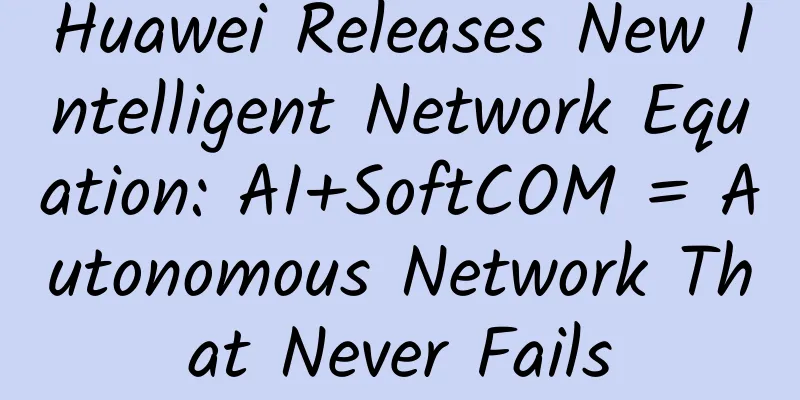
|
[51CTO.com original article] "Building a fully connected, intelligent world" is the theme of this year's Huawei Global Analyst Conference. In Huawei's new vision, Huawei will "bring the digital world to everyone, every family, and every organization, and build a fully connected, intelligent world" as its mission. On April 18, the second day of the conference, Huawei released the SoftCOM AI solution architecture, introducing AI technology based on the all-cloud network architecture, and striving to create an autonomous network that automatically optimizes and heals and "never fails." In the eyes of 51CTO reporters, intelligent networks are an important cornerstone of the intelligent world. Huawei has launched this new round of network transformation, and its purpose is to accelerate the arrival of the intelligent world. Using AI to break out of the profit decline cycle
Han Yufa, President of Huawei's SoftCOM AI Solutions Department, told reporters that for telecom operators, profit decline is a very serious issue. They have been trying to solve the dilemma of increasing volume but not adding value, but the results are not obvious. Huawei believes that this is a structural problem. The essence of increasing profits is to achieve low cost and high efficiency while providing users with a good service experience. But is reducing costs as simple as reducing procurement expenses? Of course not. Taking Opex as an example, 25% of the costs are spent on operation and maintenance. With the introduction of massive amounts of information, while the network is becoming more and more automated and flexible, the dimensional difficulty is also increasing. Simply improving the skills of operation and maintenance personnel can no longer meet the complex network maintenance requirements. Obviously, simply reducing procurement costs cannot solve this problem. The emergence of AI has brought new ideas for solving problems for telecom operators. For example, in the case of 5G base station coverage, the use of AI technology for antenna optimization can produce a real-time best result, improving the network to 17.8% and the number of users to 18.4%. Han Yufa gave an example to illustrate that before AI technology came into play, about 10% of the operators' base stations provided 50% of the traffic consumption, and the other 50% of the base stations only provided 5% of the traffic. In addition, 20% of the operation and maintenance costs were used to buy electricity. Now, Huawei's AI technology can completely formulate different strategies according to different situations: for example, in terms of time, in hot spots, the office area has a lot of traffic during the day and very little traffic at night, but the energy and electricity consumption during the day and at night are the same. Huawei's AI technology can provide a better decision parameter for optimization. He divided Huawei's strategic development in the telecommunications field into three steps: the first step was around 2006, when Huawei established strategic solutions such as SingleFan/Ran in the ALL IP era; the second step was the establishment of the SoftCOM Solutions Department in 2012, when Huawei was in the ALL Cloud era, which formulated the entire SoftCOM solution design, development, and delivery architecture; the third step was in the All Intelligence era, when Huawei injected AI elements into the SoftCOM solution to create a more intelligent network. It is understood that Huawei's SoftCOM AI solution architecture, based on the original all-cloud network architecture, introduces mature AI technology with machine learning as the core, making the network intelligent. The entire architecture has two cores. One core is the AI training platform, which is used to train data and output models or algorithms; the other core is the intelligent control center, which collects data and infers and executes network action instructions based on the models and algorithms output by the training platform. The introduction of the entire architecture will enable the network to move from automated service deployment and action execution to intelligent fault self-healing, network self-optimization, and self-management, and ultimately realize an autonomous network that never fails. Jiang Qingsong, director of Huawei's P&S Solution Product Management Department, told reporters that Huawei's previously proposed SoftCOM architecture, which uses cloud technology to transform operator networks, has been deployed and implemented globally. The SoftCOM AI architecture introduces AI technology on the basis of a fully cloud-based network architecture, and uses AI to implement inefficient manual operations in existing networks, opening up the entire digital process from planning and deployment to network maintenance and network operations. At the same time, it uses artificial intelligence to coordinate the fully digital process, reduce operation and maintenance costs, and improve end-to-end service deployment efficiency, enabling rapid service deployment and making operators' networks fully intelligent. “Three times increase” impressed operators So what is the most attractive thing about SoftCOM AI solution architecture for telecom operators? Han Yufa summarized it into "three times": The first is to double the energy efficiency. Through AI algorithms, operators can maximize energy efficiency. By setting sleep mode and quick startup in the equipment, they can start the equipment on time and on demand. At the network level, energy consumption can be linked and energy can be provided on demand. Secondly, the operation and maintenance efficiency is doubled. Huawei's SoftCOM AI solution can manage passive devices through active devices, optimize the perception of passive device status through algorithms, and improve management methods. In addition, it can also use intelligent means to turn temporary emergency repair incidents into predictable and planned work, greatly reducing costs. *** is doubling resource efficiency. Currently, the line utilization rate in the backbone network is mostly maintained at around 30%, but Huawei can use AI technology to achieve peak load reduction and valley load filling, greatly improving resource management efficiency. In an interview with ***, Xia Wenxin, director of the Service Laboratory of Huawei's 2012 Laboratory Central Research Institute, gave the reporter a very vivid metaphor: the network of operators is like a sports car, and Huawei's general algorithm is like a car engine. If you want to accelerate the car, you need at least four wheels: equipment, data, professional knowledge, and platform. In addition to this, you also need a very important role - the driver. You need professional technical experts to build AI models and continue to have models to accelerate the car. "What Huawei SoftCOM AI solution needs to do is to build the wheels, accelerate the engine, train more drivers, and everyone drives the car together." [51CTO original article, please indicate the original author and source as 51CTO.com when reprinting on partner sites] |
Recommend
Since the advent of 5G, 4G network speed has become slower and slower?
With the arrival of 5G, many people have intuitiv...
RackNerd adds new Seattle data center, 1GB memory package costs $11.95 per year
In the middle of last month, we shared the news t...
Analysis on the Evolution of Home Wi-Fi Transmission Network Technology
Author: Tang Xiangming, Unit: China Mobile Smart ...
New wireless broadband technologies in the 5G era
After the arrival of the 5G era, wireless broadba...
Wi-Fi 6 no longer needs to wait and see: the "four no's" that previously hindered its popularization
Although Wi-Fi 6 wireless technology has been aro...
The 6th SD-WAN & SASE Conference and Cloud Network Conference 2023 was successfully held
On November 25 , the 2023 6th SD-WAN & SASE C...
How to design a small company network with more than 200 people
[[421158]] Project Requirements XX small company ...
Tell you the real strength of the four major communication operators' 5G
Recently, our country has determined the 2020 &qu...
An article about Google Cherry IPU
[[431841]] I always thought it was a bit strange ...
DigitalVirt: 95 yuan/year-1GB/10GB NVMe/1TB@200Mbps/Hong Kong International Line
DigitalVirt recently offered a 50% discount coupo...
From 2G to 5G, three changes in the discourse power of mobile Internet
[[256146]] Hans Vestberg, CEO of Verizon, the lar...
Eight major IT disasters in 2024
Like most years, 2024 has seen a series of IT dis...
The battle between local deployment and cloud-managed WLAN architecture
Enterprises that need to upgrade their traditiona...
Should you change your 5G package? You will understand after reading this!
[[281696]] Recently, the three major operators of...
Single Pair Ethernet (SPE) and the Industrial Internet of Things
While Single Pair Ethernet (SPE) has been around ...
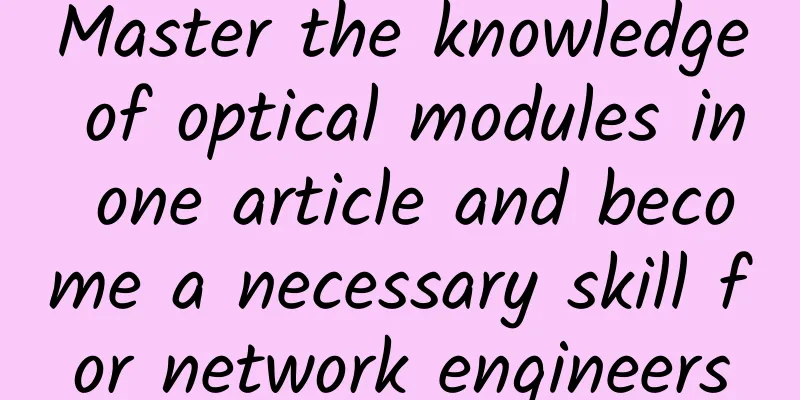

![[6.18]DogYun: 30% off on Elastic Cloud, 20% off on Classic Cloud, 68 yuan free for 618 yuan top-up, Hong Kong/Korea dedicated servers starting from 300 yuan/month](/upload/images/67cabe7853916.webp)


